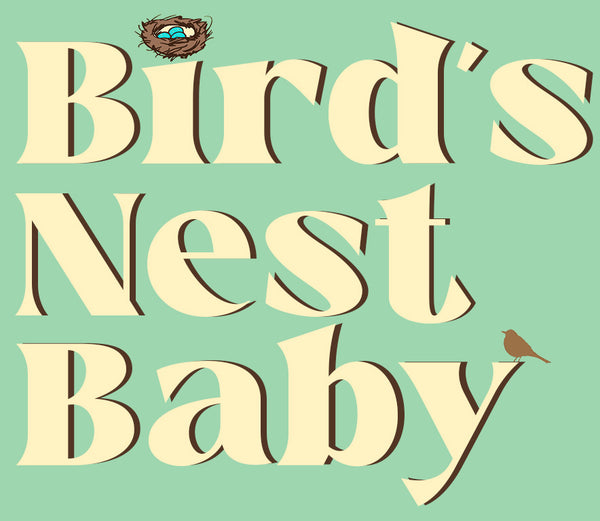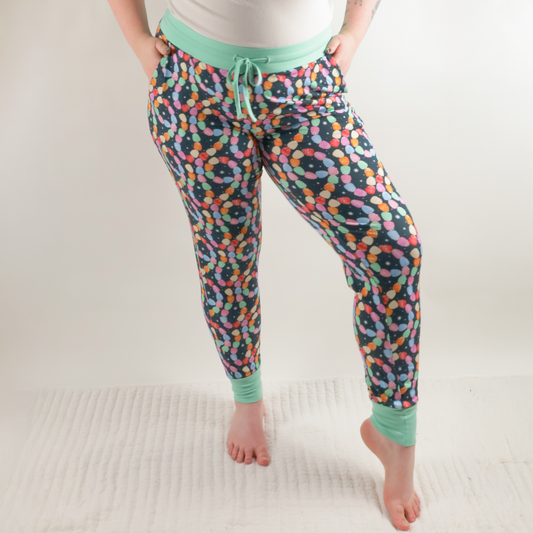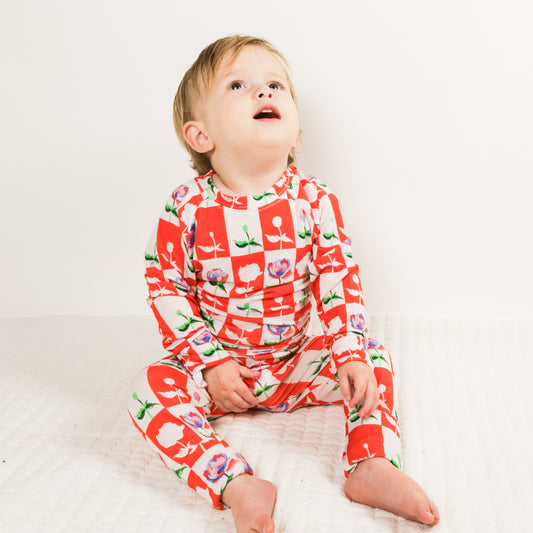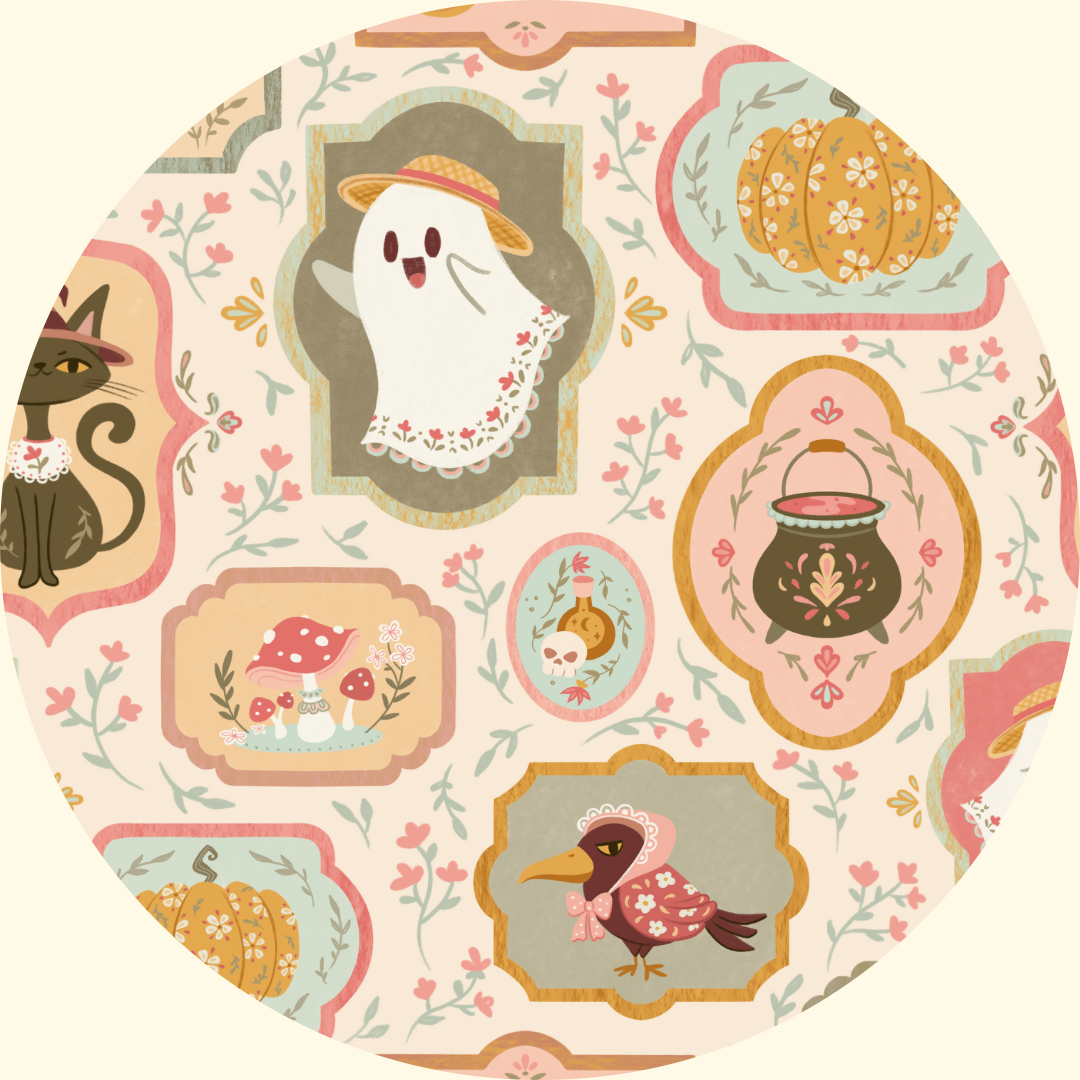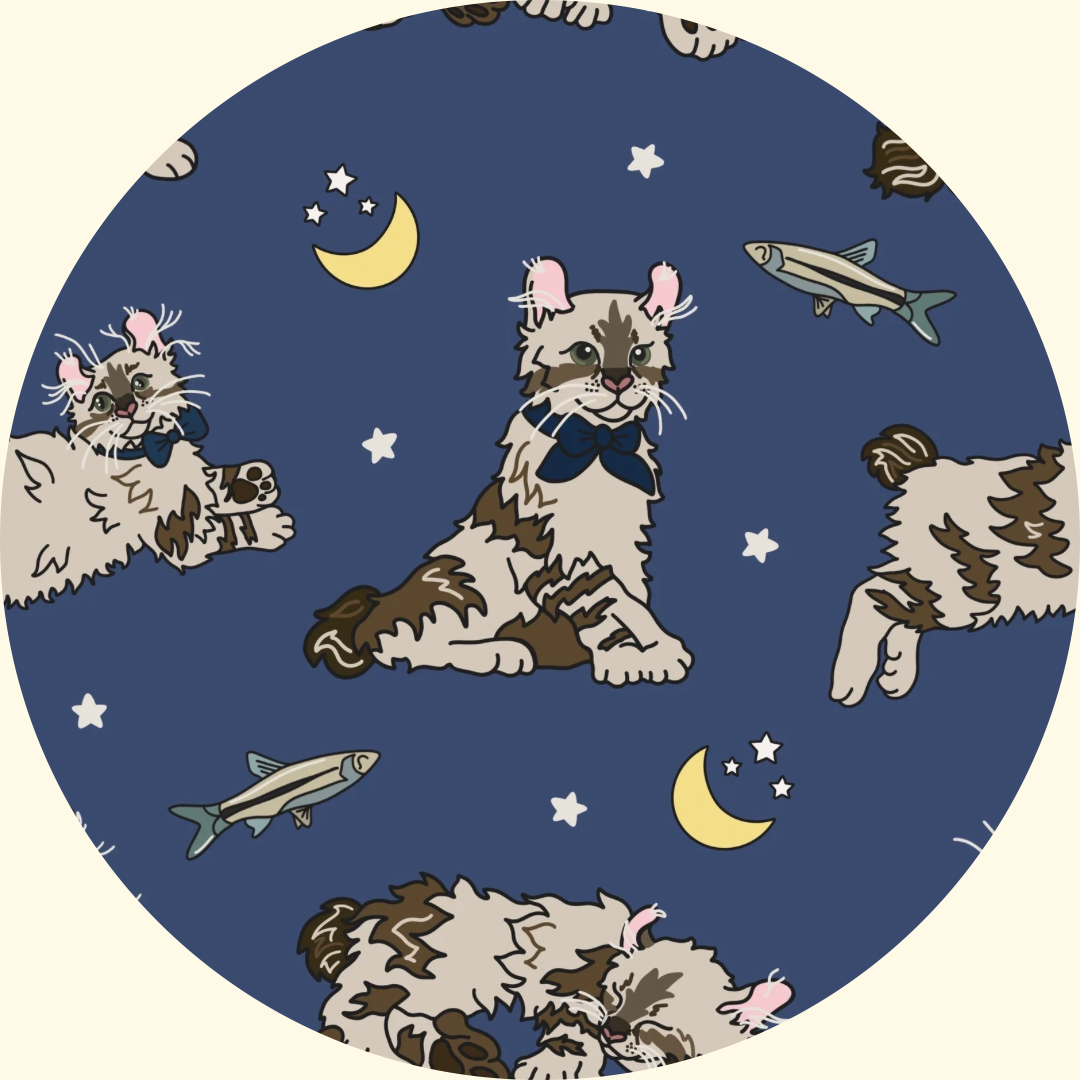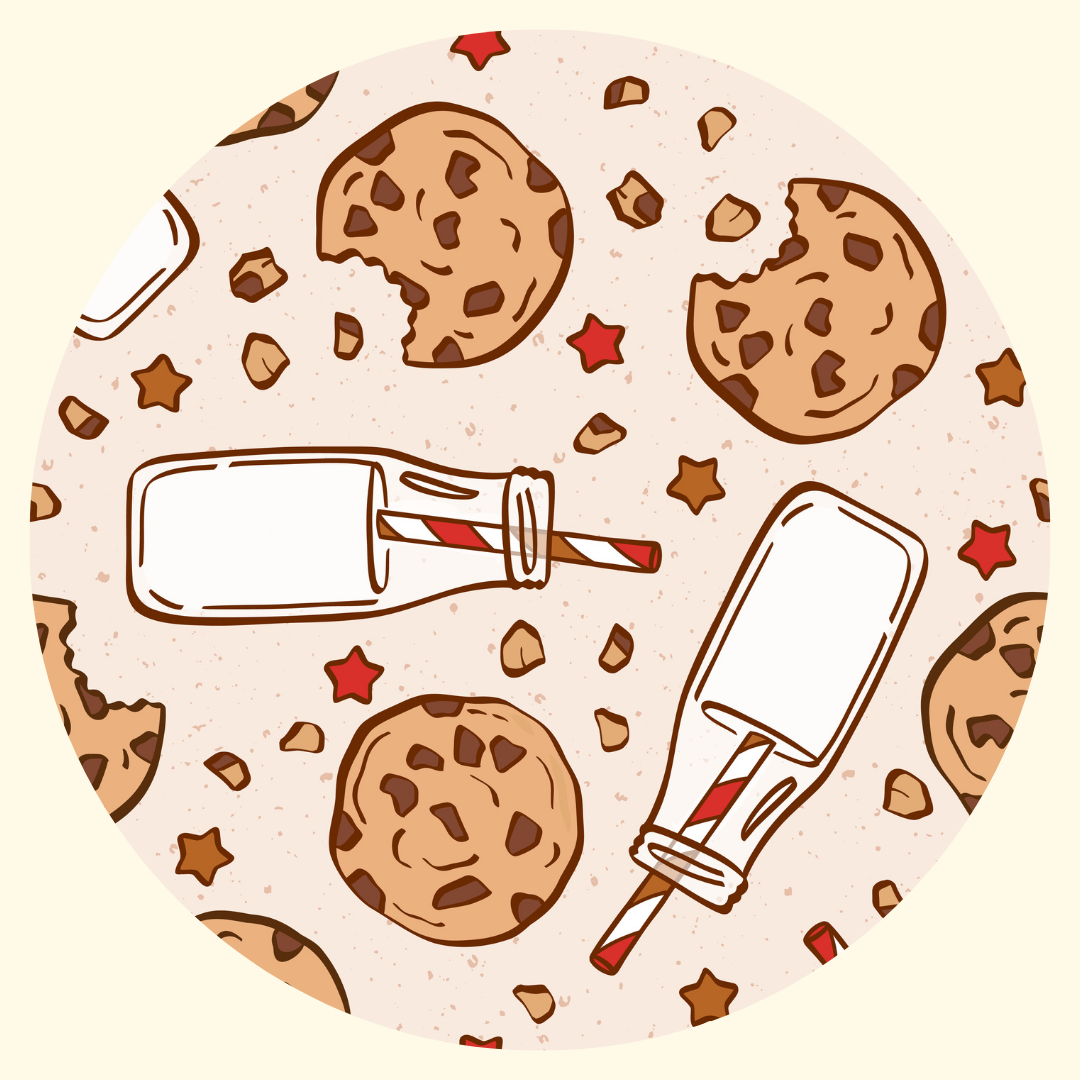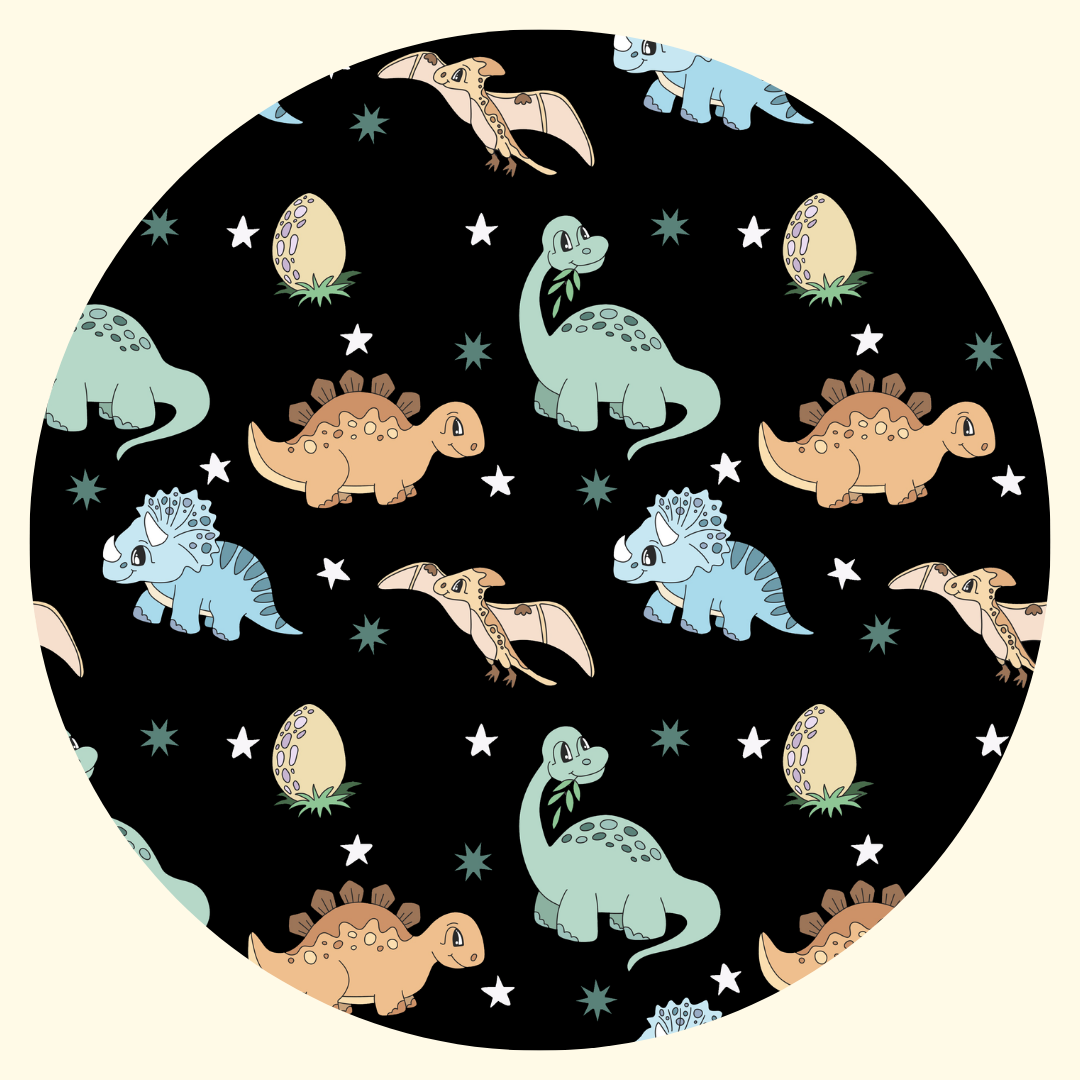The Problem with Bamboo Baby Clothes
So… we’ve gone over why we chose TENCEL™ Lyocell, now the question is, why is it superior to bamboo? Bamboo fabric used for kids clothes goes by many names, like rayon or viscose from bamboo, or bamboo rayon or viscose; for clarity’s sake, I’ll be referring to it as viscose from bamboo in this entry. There are so many reasons, but let’s start with this:
The benefits of viscose from bamboo are: it can be soft, breathable, stretchy, and marketed as sustainable. It’s often also marketed as being antibacterial and hypoallergenic, but we will go over the faults of this later (1). The realities of viscose from bamboo have been green washed in a really wild way. The more you read on it, the more interesting and damning the evidence becomes. There are so many things I want to cover, but let’s just start with how it’s made.
Processing
Much like lyocell, viscose from bamboo or any kind of viscose is made from dissolving cellulose in a solvent. With viscose from bamboo, bamboo pulp is dissolved in carbon disulfide or sodium hydroxide, also known as Lye (2). These are toxic chemicals that are both detrimental to the environment and the people making the fibers. Patagonia, a company that leads in sustainability and its environmental efforts, has spoken out against viscose from bamboo. During processing, chemicals enter and pollute the air (3). This leads to health complications amongst workers who are exposed regularly, such as reproductive issues and damage to the nervous system. Paul D. Blanc, who teaches occupational and environmental medicine at the University of California, San Francisco, wrote the book Fake Silk: The Lethal History of Viscose Rayon, in which he states that, “ throughout most of the 20th century, viscose rayon manufacturing was inextricably linked to widespread, severe and often lethal illness among those employed in making it, for workers in viscose rayon factories (4).” Other cases show poisoning caused insanity, nerve damage, and increased risk of stroke and heart disease (5).
So the dangerous solvent that can cause all these problems in the people that handle it, gets released into the environment. Most factories that produce viscose are only able to retrieve a maximum of 50% of it, meaning the other half is released into the environment. Because of these detriments, the carbon disulfide process is banned in the United States (6). Some sources even say that given the processing, it is may not be hypoallergenic depending on sensitivities (7). I cannot comment on the definitively.
Marketing "Bamboo"
As you can probably conclude by now, viscose from bamboo is not sustainable or environmentally friendly in any way. The Federal Trade Commission (FTC), the United States’ consumer protection agency, has said that viscose from bamboo cannot just be labeled “bamboo.” This is because viscose from bamboo does NOT contain the same properties as the bamboo plant, the toxic solvent strips it of these (8). That means that although the bamboo plant is sustainable in most situations, viscose from bamboo is not. It is also not any more antibacterial than viscose from other sources. The toxic solvent strips it of these properties.
Even though, in the US, viscose from bamboo is not legally to be advertised or sold as “bamboo” alone, it’s what everyone calls it. There are tons of Facebook groups, companies, and fans of it, all who call it bamboo. That’s not the consumer's fault or problem. Of course businesses want us to believe it is just bamboo and has its beneficial properties – that gets us to keep buying it!
I do not blame you, the consumer, for thinking viscose from bamboo is the holy grail - or even just a decent choice - of sustainable fabric. The marketing really blows me away. It’s so convincing that I hadn’t even thought to look deeper until starting Bird’s Nest Baby. I can only imagine the CMOs that spent hours making sure their initiatives were as good and convincing as they are. I had to dig deeper to find evidence based sources revealing the truth. I encourage you to read the resources I found, they’re linked throughout this entry, and make more informed decisions on what to put your baby (and yourself) in. You are their parent, if you decide that bamboo is still your one and only, by all means, go for it. After reading all of that and then some, I personally can’t ignore the truth.
The Fabric
While viscose from bamboo is soft, I do have experience with leading brands starting to lose this after only a couple washes. I totally understand wanting soft, stretchy, temperature regulating (a result of its breathability, hypoallergenic, and sustainable clothes for your baby. Viscose from bamboo just isn’t really that. TENCEL™ Lyocell fibers lead in their breathability, temperature regulation, and moisture-wicking powers. My baby runs hot and I have had no issues when she wears her Bird’s Nest Baby. They are silky smooth and buttery soft, super stretchy to grow with her, resistant to bacteria growth, not to mention hypoallergenic. And of course, they are sustainable and eco-friendly. You can read more about it here.
Baby clothes require testing under the CPSC guidelines – the fabrics are tested for lead and phthalates. The end result of the viscose process is fabric that is safe (assuming proper testing was done), sure, but I just cannot get past all the people who are not safe in the process, not to mention our planet. I would like my daughter to have a beautiful planet to live on when she grows up, or at the very least not a dumpster fire of a planet, and I would like factory workers to be safe. All of this can hopefully be done with Bird’s Nest Baby, I won’t pretend that my company will solve the climate crisis, but this material seems like a best effort less destruction in the realm of kids clothes & sustainability.
Disclaimer From the Author
This entry is not meant to scare you. I would like to point out that I am not the kind of person who thinks all ingredients we can’t pronounce are bad. Everything, including water and you and I, is made of chemicals. But put together, some can be toxic, and that is certainly the case with the solvents used for viscose from bamboo.
This is also NOT some far fetched ploy to get you to throw out all of your existing viscose from bamboo baby clothing. It is already in circulation, donate or sell it or just keep it in your rotation when I convert you to Bird’s Nest Baby. I put my daughter in viscose from bamboo clothing at first, thinking it was the very best option for her. Most folks here are probably bamboo converts or considering trying something new. I understand that change is scary, especially when it comes to our babies. We want them in the safest, most comfortable, and most breathable clothing out there, not to mention we want it to be cute and soft! I would not be bringing you this product if it did not meet the highest standards.
Resources
1,7. Batista, C. (2022). Bamboo viscose 101: Is it an eco-friendly & sustainable fabric?. The Eco Hub. https://theecohub.com/bamboo-viscose-eco-friendly-sustainable-fabric/ [accessed 10 Mar 2024]
2, 5. B The Change. (2022). How viscose rayon fabric masquerades as bamboo clothing. Medium. https://bthechange.com/how-viscose-rayon-fabric-masquerades-as-bamboo-clothing-b-the-change-media-89f0e3038179 [accessed 10 Mar 2024]
3. Patagonia. (2012). Bamboo and rayon. The Footprint Chronicles. https://www.patagonia.com/on/demandware.static/Sites-patagonia-us-Site/Library-Sites-PatagoniaShared/en_US/PDF-US/bamboo_rayon.pdf [accessed 10 Mar 2024]
4. Blanc, Paul David. Fake Silk: The Lethal History of Viscose Rayon. Yale University Press, 2016. http://www.jstor.org/stable/j.ctt1gxxppv. [accessed 10 Mar 2024]
6. Materials Index: Rayon (Viscose). CFDA. https://cfda.com/resources/materials/detail/rayon-viscose [accessed 10 Mar 2024]
Shop Now
-
Adult Joggers - Gumdrop Grumbles
Regular price $42.00 USDRegular priceUnit price / per$42.00 USDSale price $42.00 USD -
Donation Pair of PJs
Regular price $38.00 USDRegular priceUnit price / per -
Lounge Set - Love Train
Regular price $38.00 USDRegular priceUnit price / per$38.00 USDSale price $38.00 USD -
Lounge Set - Let It Grow
Regular price $38.00 USDRegular priceUnit price / per$38.00 USDSale price $38.00 USD
Prints made for memories
-

A Gingham Good Time
Looking for a timeless print that celebrates all things fall? Look no...
